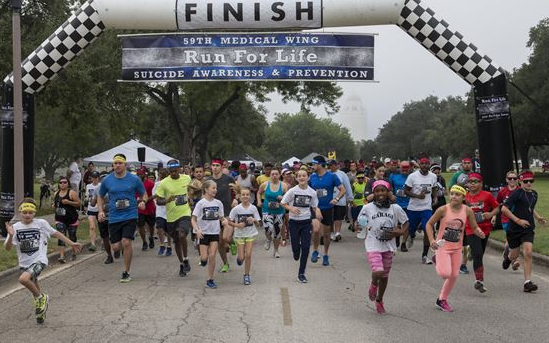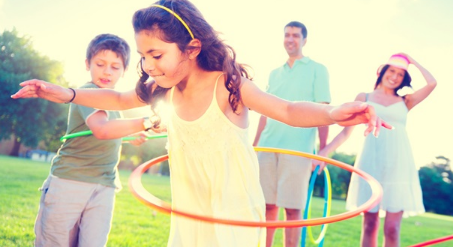
If you dread working out, you’re not alone. But you don’t have to exercise until you’re soaked in sweat or every muscle aches to make a big difference to your health. Think about activities that you enjoy and how you can incorporate them into an exercise routine:
- Listen to music or an audiobook while lifting weights.
- Window shopping while walking laps at the mall.
- Get competitive while playing tennis.
- Take photographs on a nature hike.
- Meet new people at a yoga class or fitness center.
- Watch a favorite movie or TV show while on the treadmill.
- Instead of chatting with a friend over coffee, chat while walking, stretching, or strength training.
- Walk the golf course instead of using a cart.
- Walk or play fetch with a dog. If you don’t own a dog, offer to take a neighbor’s dog for a walk or volunteer at a pet shelter or rescue group.
- Go for a run, walk, or cycle when you’re feeling stressed—see how much better you feel afterwards.
- Find an exercise buddy, someone whose company you really enjoy, and try activities you’ve never tried before—you may find something you love. At worst, you’ve spent time with a good friend.
https://www.helpguide.org/articles/healthy-living/exercise-and-fitness-as-you-age.htm









